
views
Locating Clover Patches
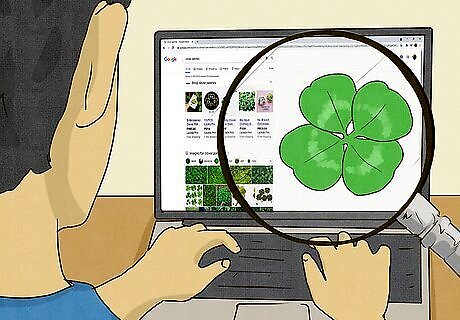
Do an online search for clovers in your area. If you're not sure where to find clovers in your area, do an online search for "clover patches" followed by the name of your town. You may find sites with an overview of the types of foliage in the different areas of your town. Users may also leave comments about local parks or trials on sites like Yelp, letting other people know the kinds of plants they found there.
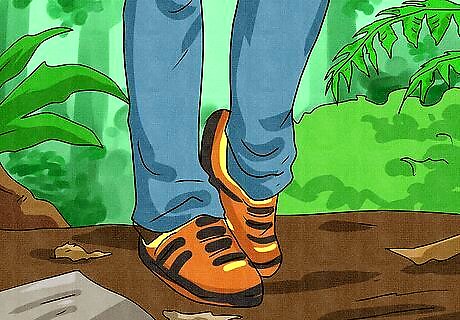
Walk around local areas with a lot of foliage. If you can't find clovers online, do your own search. Walk around areas with a lot of leaves and trees, like parks and trials, to seek out clover patches. If you have a backyard, look there as well. Clovers often grow in lawns.

Check shady, dry areas. Clovers tend to thrive in soil that does not drain well. They also frequently grow in the shade. When out looking for clovers, check shady and dry areas for a clover patch.

Identify a clover patch. Clover patches are comprised of plants with small green flowers circling a center point. Watch out for plants that look similar to clovers. Plants with purple circles at the center are not clovers. Also, if you see a whole patch of what look like four-leaf clovers, these are not clovers. Remember, four-leaf clovers are rare. There is one four-leaf clover for every 10,000 three-leaf clover in a patch.
Searching for a Four-Leaf Clover
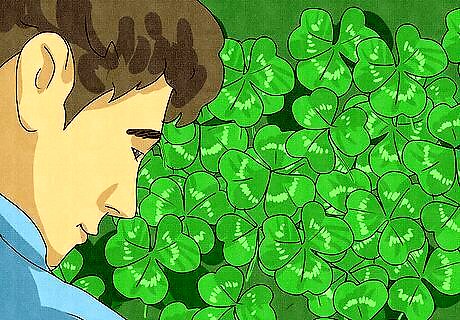
Scan the patch carefully. Do not try to look at every clover individually, as this will take far too long. Instead, stand above the patch and scan it closely. Pause if a clover jumps out at you and check to see if it has four leaves.
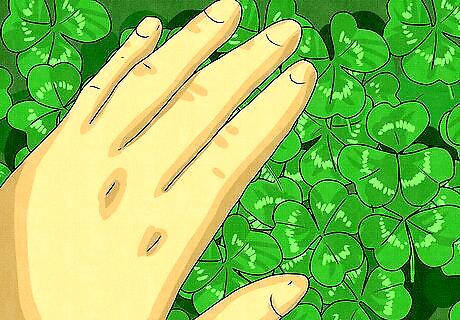
Skim the surface with your hands. If scanning from a distance isn't working, crouch near the clover patch. Run your hands over the clover patch slowly. Focus in on the clovers as they pass through your fingers, checking for clovers with extra leaves.
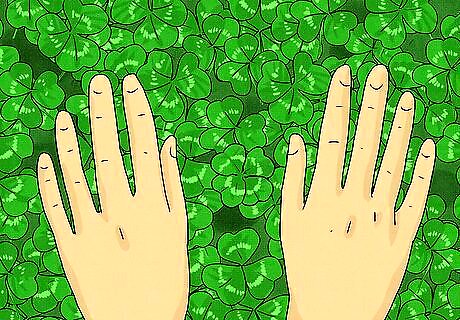
Push the leaves apart if you think you see a four-leaf clover. If you see what appears to be a four-leaf clover, push away the clovers surrounding it. See if it actually has four leaves. Clovers sometimes look like they have four leaves, but you're really seeing leaves from another clover clustering near it.
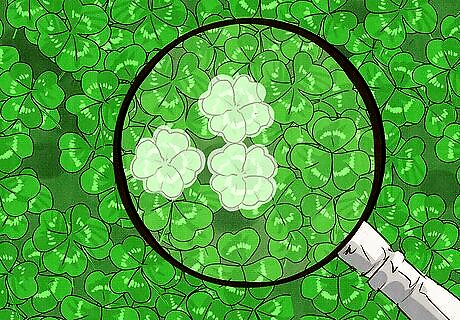
Look in the same area if you find a four leaf clover. If you happen to find a four-leaf clover, keep looking in that area. Four-leaf clovers are caused by a genetic mutation. Therefore, they tend to be found close together as the seeds will spread around the same area. You may be lucky enough to find a second four-leaf clover.
Avoiding Common Mistakes

Don't try to look at every individual clover. Scanning the leaves works better than examining every leaf. As there are hundreds of clovers in a single patch, you won't have time to look at them all. If you scan the leaves instead, a difference in the general pattern may jump out at you.
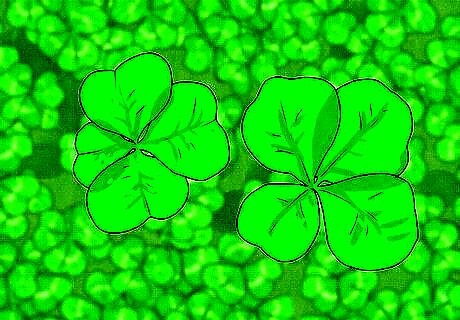
Look for smaller leaves on four-leaf clovers. Don't expect a four-leaf clover to have completely even leaves. Keep in mind, when scanning for a four-leaf clover, the clover's fourth leaf may be significantly smaller than the others.
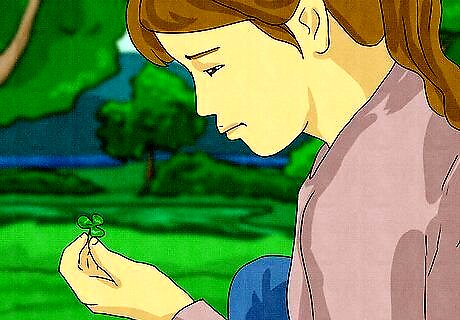
Don't get discouraged. Four-leaf clovers are incredibly rare. The more often you search, the more likely you are to find one. If you don't find a four-leaf clover on your first search, keep an eye out each time you pass a clover patch. The more often you look, the more likely you are to eventually find a four-leaf clover.



















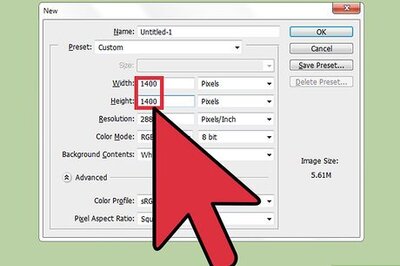
Comments
0 comment